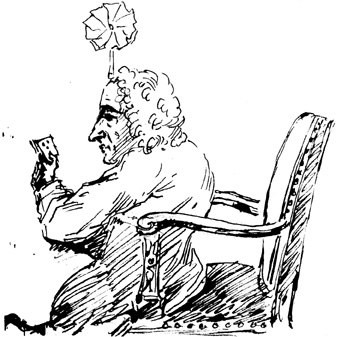Still on that breast enamour’d let me lie
Still drink delicious poison from thy eye,
Pant on thy lip, and to thy heart be prest;
Give all thou canst — and let me dream the rest.
— Alexander Pope, “Eloisa to Abelard”
Jean-Auguste-Dominique Ingres, La Grande Odalisque (1814)
The Louvre, Paris
I’m often asked how I came to write about smallpox.
Though it’s true that I’ve earned the title of “Doctor,” my doctorate is in English literature, not medicine. And literature is where I found the inspiration for this story.
I used to think that the entire eighteenth century was inhabited chiefly by pale, brittle men droning on in rhyming couplets that sounded to me like Mother Goose gone uppity. Was I ever wrong.
In graduate school, a fabulous professor named Leo Damrosch brought to life the rollicking, witty century that it was and revealed the Enlightenment as a thrilling period of intellectual ferment. While he taught us the standard canon of Greatest Hits, he also encouraged us to look around in lesser-known corners of literature.
I found Lady Mary in a footnote to Alexander Pope’s lone Gothic Romance, a poem titled “Eloisa to Abelard.” In a footnote, I learned that Pope had been inspired to write it by his own hopeless love for a beautiful woman then gallivanting around Turkey — Lady Mary Wortley Montagu.
A little more research brought to light Pope’s letters to the lady: in which he begged Lady Mary to find a woman who was her double and ship her back to London, so that he might start a harem with her as his Circassian slave.
This was not the uptight, brittle Mr. Pope that I thought I knew. To top it all off, Pott’s disease – or tuberculosis of the spine – had left him a 4 ½ foot hunchbacked dwarf, accustomed to mocking himself as “that little Alexander that women laugh at.”
Who was this woman who had so enthralled him?
With a little more digging, I found Lady Mary’s letters home from Turkey, including one that described “ingrafting” or inoculation against smallpox. Footnotes here claimed that she had been the first person to bring this procedure to the attention of Western medicine.
I did a double take. It was Edward Jenner who’d come up with vaccination, wasn’t it? And didn’t his discovery have something to do with English dairy maids, rather than Turkish harems?
I looked up Jenner. Yes, he had published his discovery of vaccination in 1798. I looked back at the date of Lady Mary’s inoculation letter: 1717.
Hmmm. Why hadn’t I heard of her?
I began to collect books on Lady Mary, and to read her writings, which turned out to be both voluminous and wonderful.
When I left the ivory tower for the precarious world of free-lance writing, Lady Mary’s nearly forgotten part in the conquest of smallpox was one of the first stories I tried to sell. But everyone turned me down. One editor actually told me that it was “old women’s history” — and that nobody would care a bean about it. With rent to pay, I eventually put her story on a back shelf and turned to other projects.
Then came 9/11, and, soon after that, anthrax began floating through mailrooms on the East Coast. Suddenly, smallpox came to the fore not as history, but as a possible current event. And with that, came interest in Lady Mary’s story, except that what I had originally thought of as an article was suddenly in demand as a book.
Putting together a proposal for this book, I ran across the name of Zabdiel Boylston. At first, I thought he would be a minor sidelight. Only gradually did I discover that his story was a close parallel to Lady Mary’s, and rich enough to demand half the book.
Skimming into being in the wake of tragedy, The Speckled Monster‘s birth was, in some senses, bittersweet. But its characters — two heroic people who changed the world in the face of adversity — have deserved much better than oblivion. I feel honored to have been given the chance to tell their tale.









